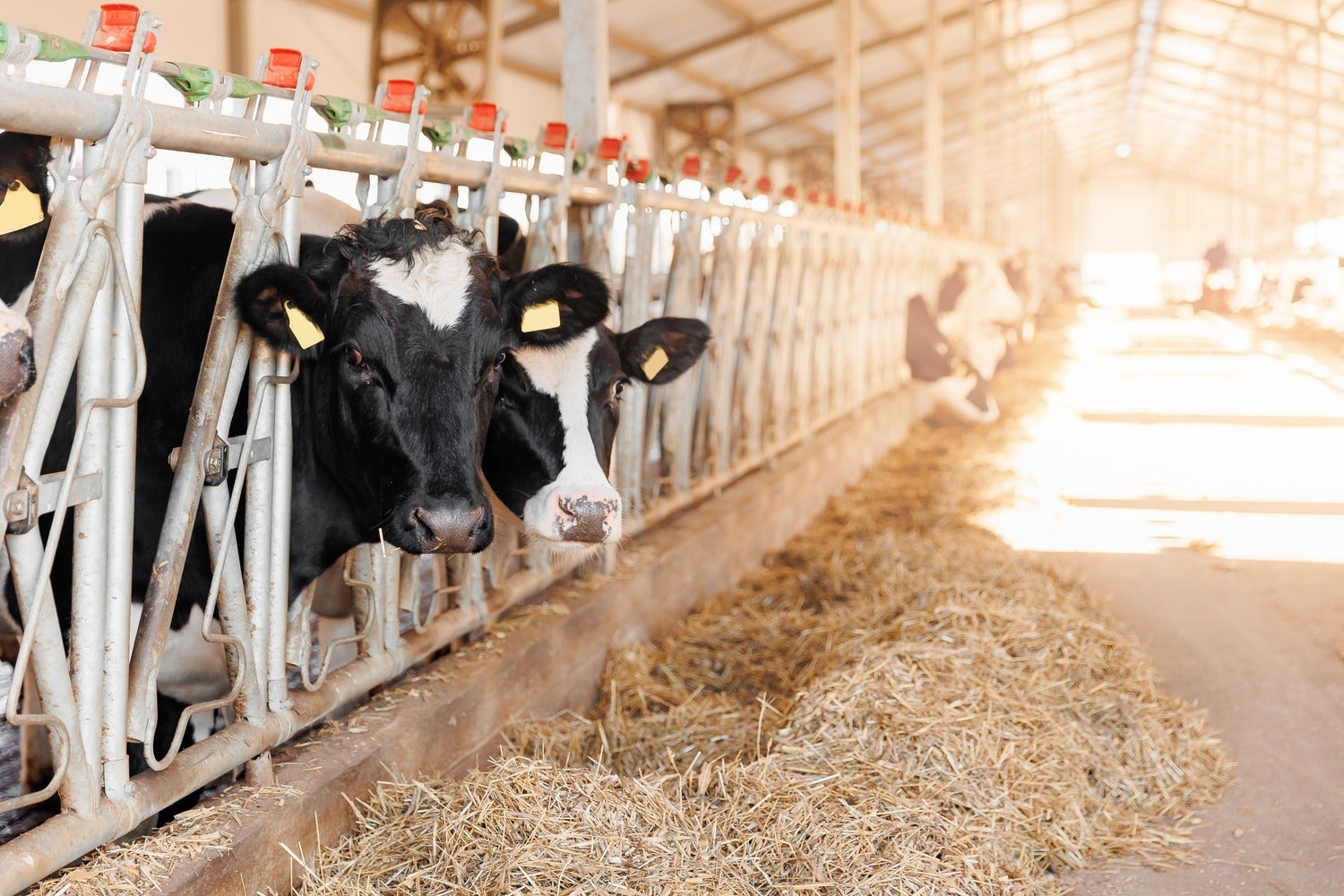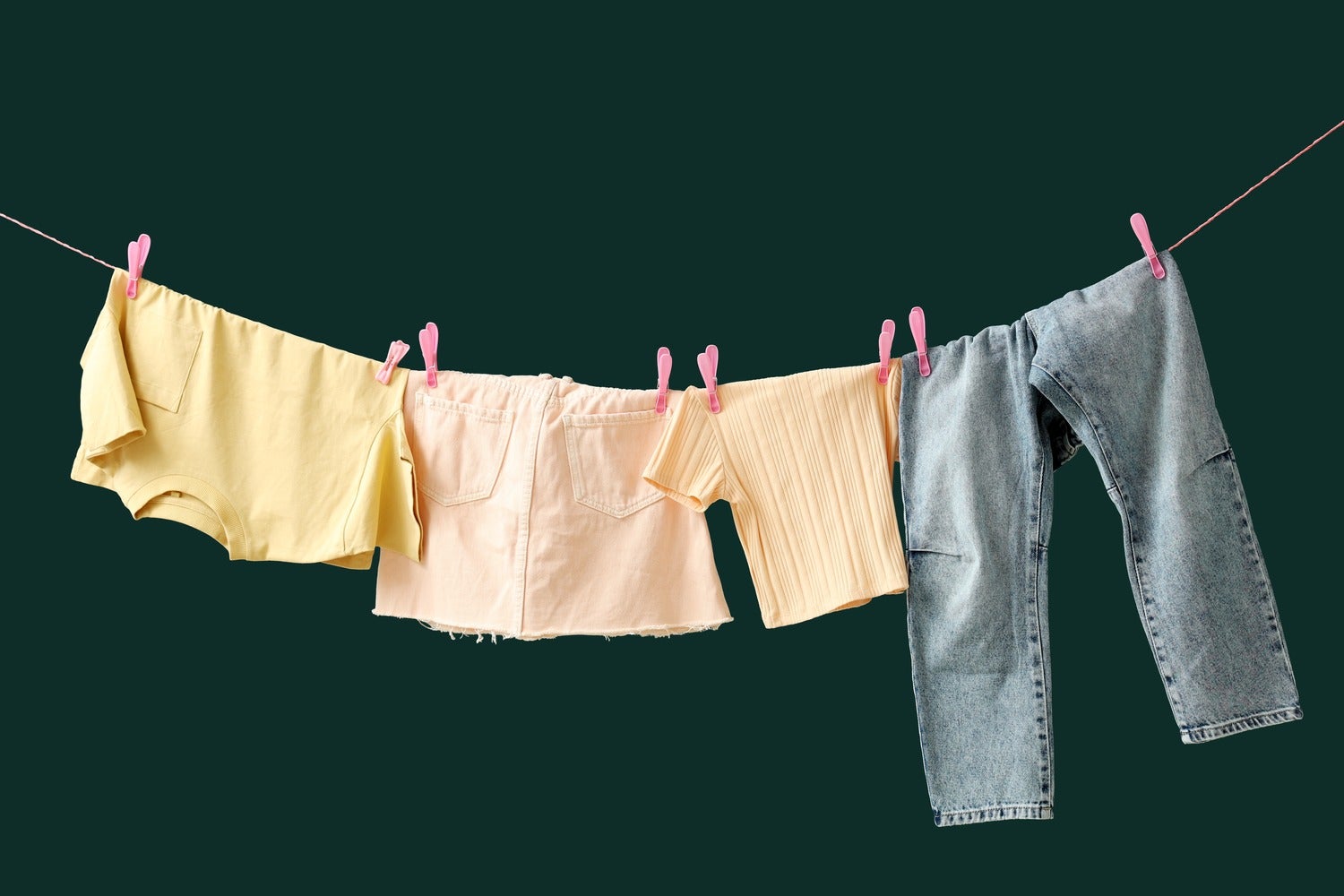Hey team, and welcome back to one5c! For those of you in the crowd who’ve caught Olympic fever, I have one small request. Savor the competition, binge-watch women’s rugby, get high on the splendor and national pride, but please (please) don’t repeat the narrative that the Games are “green.” Yes, the environmental impacts of the mega event have been steadily shrinking for a couple decades now. And yes, the Paris Games are promising to undercut prior ones’ planet-warming potential. (We love progress!) But let’s not pretend that its estimated 1.5 million metric tons of CO2 isn’t the same as running 4 natural gas plants for a year—and that’s before we start tacking on all the people flying there just to watch.
Thing is, the Games might never be perfectly green, and it’s OK to be OK with that. Here’s how I get there: I don’t think about the Olympics as a world-saving endeavor for its quest to zero out carbon. I think about them as a platform through which athletes can reach billions of viewers with messages about the impacts of the climate crisis and solutions to it. A climate-action halo, if you will. There’s even a group called EcoAthletes designed to help competitors do this very thing. That’s something worth cheering for, if you ask me. —Corinne
WHAT WE’RE INTO THIS WEEK
By Shreya Agrawal

Greenwatch
Meat and dairy firms spend more on ads than solutions
The meat and dairy industry appears way more interested in selling itself as green than actually going green, according to a recent report by the nonprofit firm Changing Markets Foundation that examined the climate targets of 22 of the biggest producers. While these firms are marketing “sustainable” products and trotting out ambitious goals––Nestle, for one, says it will cut 50% of its agricultural emissions by 2030––they are nowhere close to meeting them. In fact, they spend less than 1% of their revenue on net-zero efforts. And JBS, the world’s largest meat producer, drops 16 times more cash on advertising and marketing campaigns (many of which make misleading claims) than it does on its net-zero R&D.
Retail therapy
Ecomm’s tailpipe problem
We talk a lot about the climate implications of over-buying, but new research has also quantified another dark side of just clicking “add to cart.” The gigantic warehouses that store our would-be goodies can be major sources of pollution, according to a recent study in Nature Communications, mostly thanks to delivery trucks. Looking at satellite data examining 150,000 warehouses, researchers found that neighborhoods downwind of these distribution centers are exposed to 20% more nitrogen dioxide than other ’hoods. The toxic gas can cause asthma and other respiratory diseases. The solution? Electrification, the study author tells Grist. But of course there’s also simply buying less stuff.
Cause for optimism
A new twist on heavy-duty trucking
In other hauling news… Semitrucks are responsible for about a quarter of pollution generated from transportation, which is why the EPA rolled out refreshed emissions standards for the vehicle class earlier this year. California-based Range Energy is coming at the problem from behind—literally. They’re adding battery-powered trailers to existing vehicles, a tactic that can reduce the energy needed to transport freight over long distances. This tech senses and matches the speed of the truck, minimizing the amount of work the cab needs to put into dragging the trailer. Range says its trailers can improve gas mileage by about 36% and cut nitrogen dioxide emissions by 70%.
Study guide
Lil’ tree microbes are hungry for methane
We know that trees are great at scrubbing carbon dioxide from the atmosphere. But new research from the University of Birmingham suggests that even the microbes living in tree bark are excellent scrubbers: They remove atmospheric methane at least as fast as microbes in the soil do, if not faster. These microscopic bark critters on existing trees can alone remove up to 50 million tons of methane globally. But we can’t rely on them alone, says lead author and biogeochemist Vincent Gauci. Planting more trees and reducing deforestation are necessary tools for reaching goals like the Global Methane Pledge, which aims to cut emissions of the gas by 30% by 2030.
SPONSOR

Restore the Planet, One Mission at a Time
The responsibility to protect our planet falls on all of us. Planet Wild is a community of nature lovers pooling their contributions to fund efficient projects that save animals, oceans, and forests. And you can join them. Each month, your contribution will help fund a targeted nature revitalization mission where it’s needed most. With monthly videos, you’ll even get to see the impact you’re making.
The first 150 people to sign up via the link (coupon code automatically applied) will receive the first month for free as a special offer from us.
MIC-DROP CLIMATE STAT
8 years
The amount of time it’ll take for there to be more EV charging stations in the U.S. than gas stations if buildout continues at its current pace, according to a Bloomberg analysis.
ENERGY SAVERS
Three tips for greening your laundry routine
By Shreya Agrawal

Laundry, one of life’s great unavoidables. Also one of a home’s biggest energy hogs: About 10% of your household’s energy goes toward cleaning and drying duds. Luckily, it’s actually pretty easy to make your wash-day routine easier on the planet—and your pocketbook. Here are three quick ways to shrink the electricity consumption associated with washing your clothes, while preserving the quality of your favorite fits.
Use cold water
Around 90% of the power a washing machine uses goes into heating up water, according to Energy Star. One 2022 study in the E.U. found that lowering the water temperature from warm to cool can cut electricity usage by 30%, and running a load on hot uses twice as much energy as a load at warm. Switching from warm to cold water can save 3.2 kilowatt hours per load, according to the American Cleaning Institute. Calculated over a full year of washes (between 300 and 390 on average), that’s enough to run your fridge for around 10 months. And don’t worry about your stuff staying stanky: Most modern detergents are effective in cold water and most clothes don’t need to be washed at high temperatures to get clean.
Run full loads in the washer
This should go without saying, but it takes the same amount of energy to wash a full load as a half-full one for most machines. Running a whole bunch of mini loads is a quick way to rack up excess energy and water consumption. At the same time, underloading your washer can lead to a handful of potential problems like an imbalance in the drum, which can make for less clean duds.
Just don’t use a large washer load as a license to cram the dryer to the brim. Pushing your dryer over the limit will leave some clothes still moist and others way too exposed to heat. This is because properly dried clothes require circulation—something that is nearly impossible in a crowded machine. Some garments will end up still moist (and needing another round in the dryer) while others will be overexposed to heat.
Air-dry what you can
Air-drying cuts out the power drain of machine drying altogether, a task that accounts for about 6% of a home’s electricity consumption. If you go from running a 3,000-watt dryer six days a week to only three days a week, that’d end up saving you around 468 kilowatt-hours of electricity each year, which is equivalent to around 195 kilos of greenhouse emissions.
Remember, that’s per household; scale that digit up to even 10% of the nation’s 122 million households and it’s the greenhouse gas equivalent of taking more than a half-million cars off the road. Not to mention, leaving the dryer out of the equation is good for most textiles, which means our clothes and linens will last longer.
